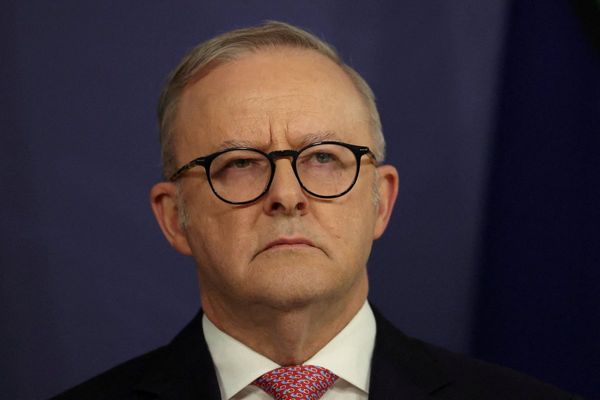
The Senegalese village of Sare Soukande is home to fewer than 500 people. Ten-year-old Moussa, pictured here, is one of them. Attentive, passionate and a great football player, Moussa is one of the boys enrolled in an educational project Quim Fàbregas works on beside his professional photography. That day in the village, Moussa was the muse.
“Photography is one of the activities we teach – art is very important for children. In this case, we did a portrait exercise, then analysed the photos we took together,” says Fàbregas, who had been thinking about this shot for a long time. “The hands belong to Moussa’s friends. I wanted to send the message that human suffering is not only of one, but of those around us, too.”
He has no qualms about using an iPhone for work: “Phones are good for connecting with social media while travelling, while a camera is useful if I want to publish a book or hold an exhibition. But what I use doesn’t really matter. A photographer is known by his images, not by his camera.”







